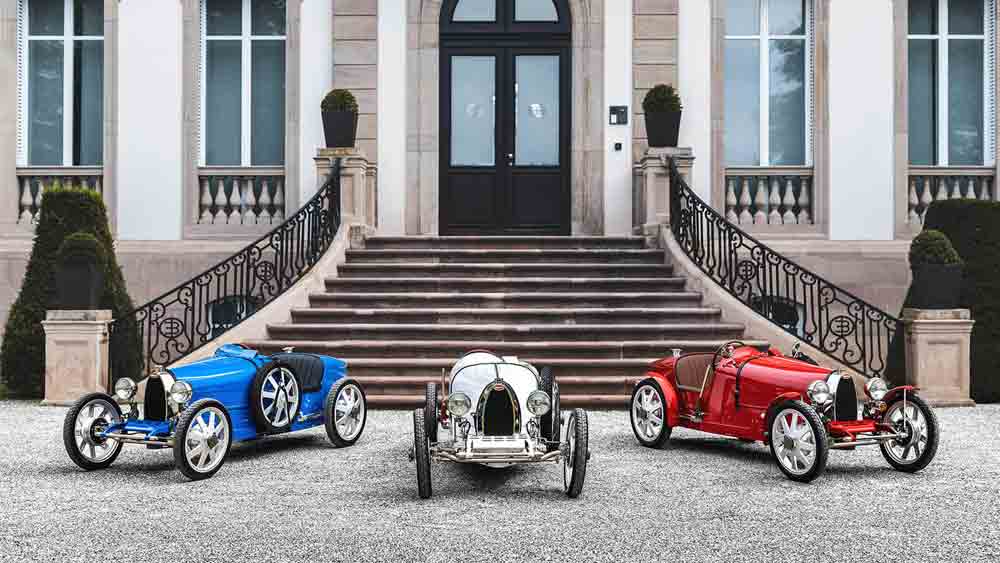Why Bugatti is so expensive? 14 Reasons for the Luxury Car’s Premium Pricing

Bugatti’s hefty price tag stems from its unmatched artistry, modern technology, and exclusivity. Impeccable precision, quality materials, and advanced engineering all enhance its outstanding performance and aesthetics. Additionally, the limited number of Bugattis available further boosts the rarity and prestige of Bugatti vehicles. Yet, the query persists: why is Bugatti so expensive?
From its historic roots, with iconic old Bugatti cars like the Type 35 dominating early races, to the modern supercars and hypercars that continue to set benchmarks in the industry, Bugatti has consistently pushed the limits of automotive innovation. The brand’s cutting-edge hypercars, with costs that can exceed millions, offer unmatched speed, luxury, and exclusivity that few can rival.
14 Unveiled Reasons Why Bugatti Is So Expensive?
1. Flawless Workmanship
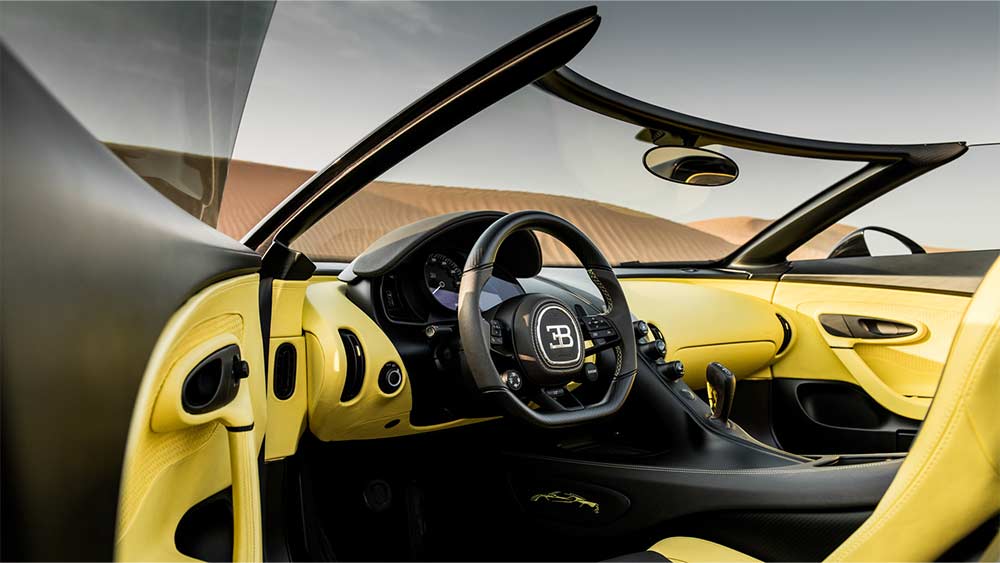
A key aspect of Bugatti’s appeal is found in its superb artistry and careful focus on particulars. Every Bugatti car is a work of art, crafted with precision by a group of expert craftsmen. From manually sewn leather interiors to individualized color patterns and detailed wood craftsmanship. Bugatti provides an unmatched degree of personalization that attends to the preferences and wishes of its perceptive customer base. This individualized artistry demands a considerable investment of time and dedication, playing a substantial role in the premium cost of Bugatti automobiles.
2. Innovative Engineering

Bugatti’s pursuit of automotive engineering excellence contributes to its premium pricing. It consistently integrates cutting-edge tech and materials for top-tier performance and safety. Lightweight carbon fiber, advanced aerodynamics, and innovative engines incur substantial R&D costs, influencing vehicle prices.
3. Limited Production
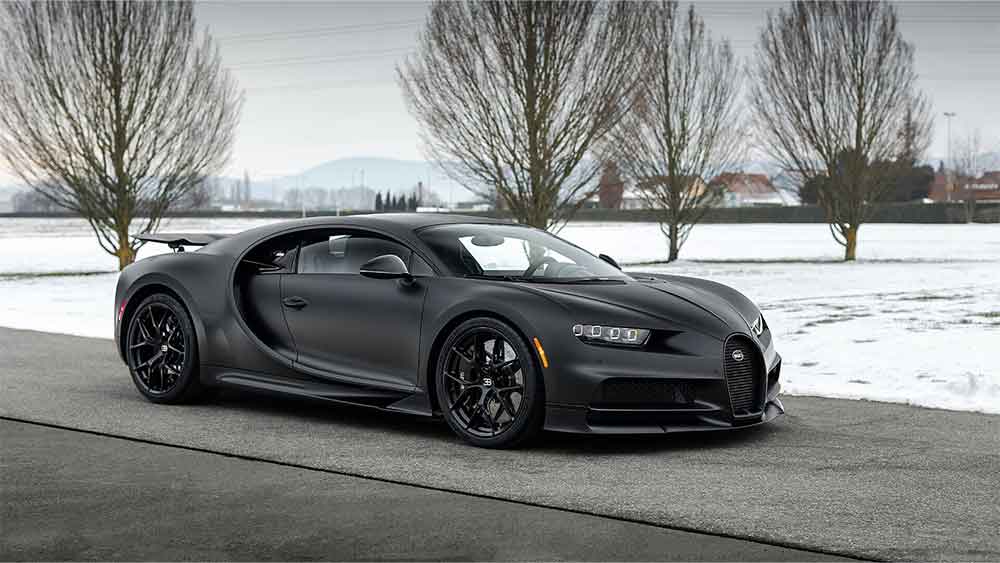
Limited availability frequently stimulates interest, a strategy Bugatti leverages by meticulously controlling production volumes, fostering an air of exclusivity. By intentionally limiting their output, Bugatti cultivates a perception of scarcity and prestige. This approach resonates with aficionados and collectors who are eager to invest in automotive legacy.
Moreover, Bugatti introduces special edition variants of their vehicles, further enhancing their exclusivity and commanding higher prices than the standard counterparts. These bespoke editions are crafted in very limited numbers and tailored to individual preferences. So, you will not need any car mods.
4. The Personalization Options
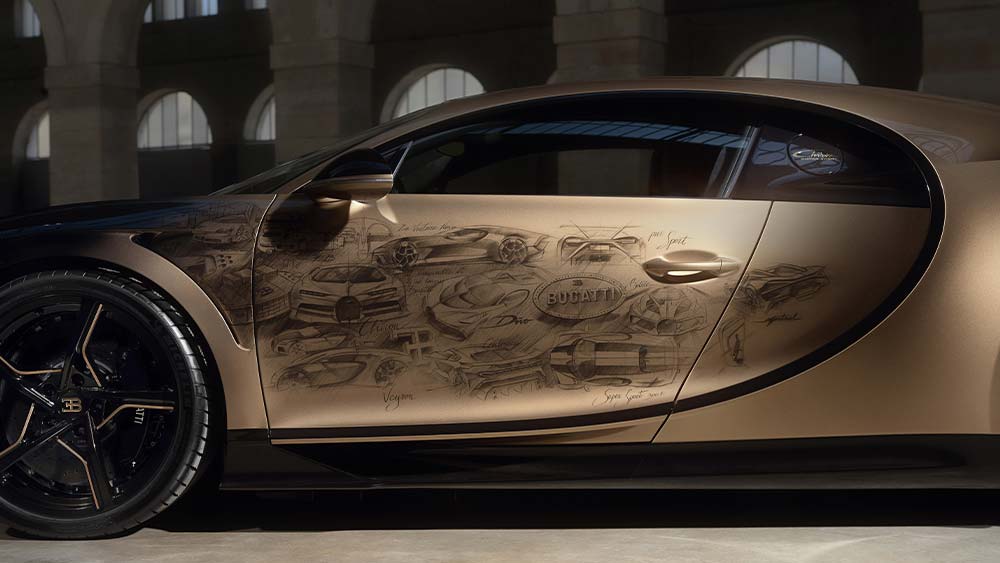
Customizing a Bugatti comes at a premium, elevating its already steep price. Yet, with Bugatti’s commitment to top-tier craftsmanship, customized features promise unparalleled luxury.
Clients have gone as far as requesting exotic materials like crocodile leather and genuine gold for interior accents. Beyond standard options, buyers can personalize everything from the iconic horseshoe grille to the engine cover and rims. Bugatti’s extensive customization options ensure not only exclusivity but also the opportunity to create a truly unique model.
5. Unmatched Performance
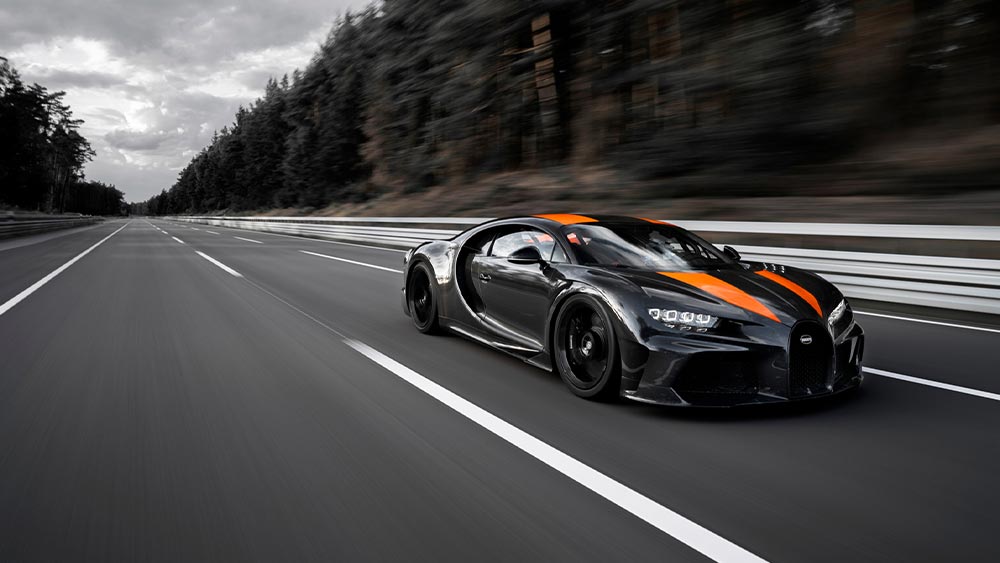
Bugatti pioneers automotive performance, exemplified by the Bugatti Chiron vs Veyron, achieving unparalleled speed. These two iconic models are a testament to Bugatti’s relentless pursuit of excellence. The Chiron builds on the Veyron’s legacy, pushing the boundaries of what is possible in a hypercar. Their cars undergo rigorous testing, and advanced engineering, and employ cutting-edge technology. This precision engineering significantly contributes to the elevated cost.
6. Hand-Built Powerplants
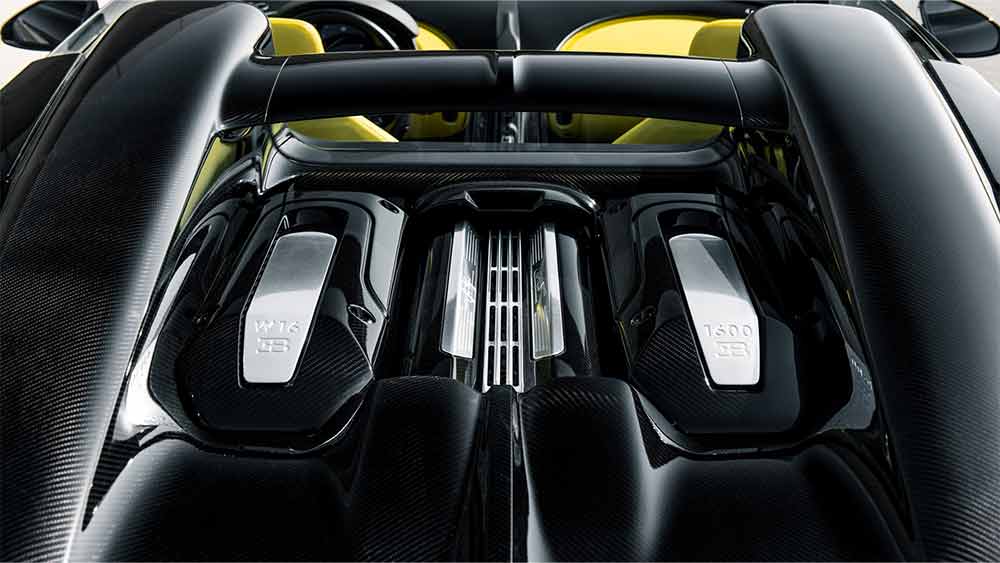
Bugatti cars are renowned for their groundbreaking speed and power, owed to the meticulously crafted engines in each model. Originally conceived as an 18-cylinder engine, Bugatti ultimately adopted a 16-cylinder design, catapulting their cars to the forefront of automotive performance.
Although Bugatti discontinued the Veyron, its legacy continues as one of the fastest production cars ever. Enhanced features like a 32-valve fuel injection system and upgraded turbochargers further elevate Bugatti’s engine prowess, driving up the prices of these exceptional vehicles.
7. Striking Materials and Components

Being recognized as a premium brand with price tags surpassing real estate values, it’s only logical to anticipate Bugatti vehicles to be crafted from top-tier materials – an expectation not misplaced. Bugatti takes great pride in the artistry of its automobiles, emphasizing the use of optimum materials. The manual assembly of Bugatti cars facilitates a level of attentiveness and a superior selection of materials, a distinction from the majority of industrially produced vehicles.
A prime illustration of these materials is evident in the Bugatti Chiron’s structure, composed of a superior carbon fiber monocoque. Furthermore, the interior is fashioned with utmost precision using materials of the highest caliber, such as fine leather and robust aluminum, ensuring excellence both internally and externally.
8. Heritage and Legacy

Bugatti’s extensive history and tradition are key contributors to the brand’s allure and premium cost. The Bugatti name is linked with outstanding craftsmanship in the automotive realm. The firm’s fabled past extends to the initial decades of the 1900s, where the old Bugatti models like the Type 35 set high standards for performance and design. Proving into Bugatti facts, one learns that the Type 35 dominated over 1,000 races and was the first car to introduce cast aluminum wheels, highlighting Ettore Bugatti’s engineering genius.
9. Matchless Resale Value
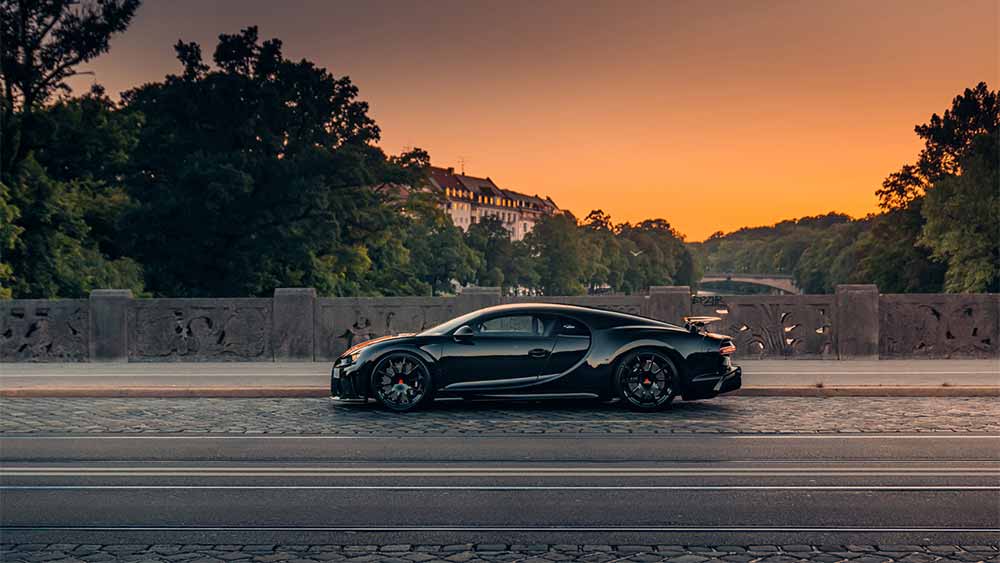
Bugatti’s exclusive production runs and esteemed standing contribute favorably to its resale worth. Bugatti automobiles have a tendency to maintain their value remarkably effectively, rendering them appealing assets for collectors. The allure of possessing a vehicle that not only delivers an electrifying driving encounter but also sustains its value amplifies the appeal of Bugatti cars to prospective purchasers.
10. Top-Class Standards
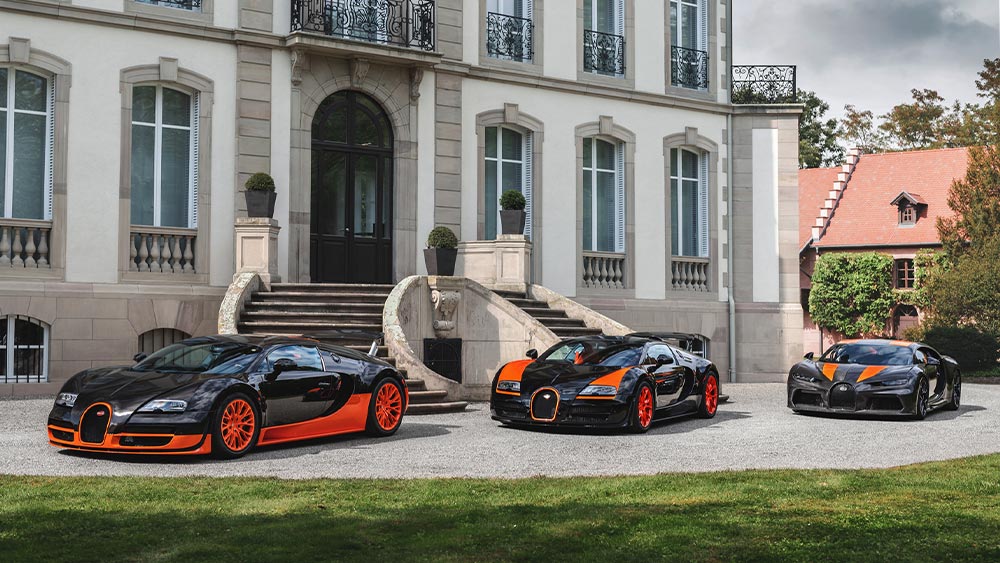
Bugatti stands firmly behind its dedication to excellence, subjecting every automobile to meticulous testing and quality assurance procedures prior to delivery. Covering wind tunnel assessments for peak aerodynamic performance to thorough endurance examinations, Bugatti exhaustively examines every detail in its quest for lawlessness. The financial investment in quality control and testing significantly impacts the total production expenses.
11. The Maintenance Expenses
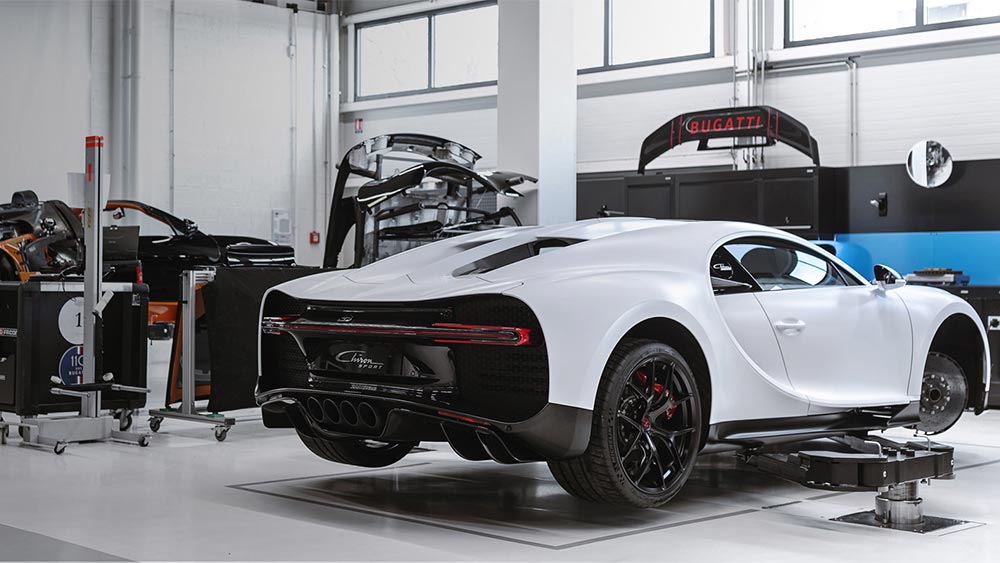
Bugatti’s reputation as one of the priciest car brands is partly due to maintenance expenses. Rumors suggest an oil change could rival buying a new car, but other costs also soar. Bugatti’s website states the first four years of maintenance are complimentary with a new purchase, a factor contributing to the steep prices, as servicing can last up to a week and demands highly skilled technicians.
12. Taxes and Import Duties
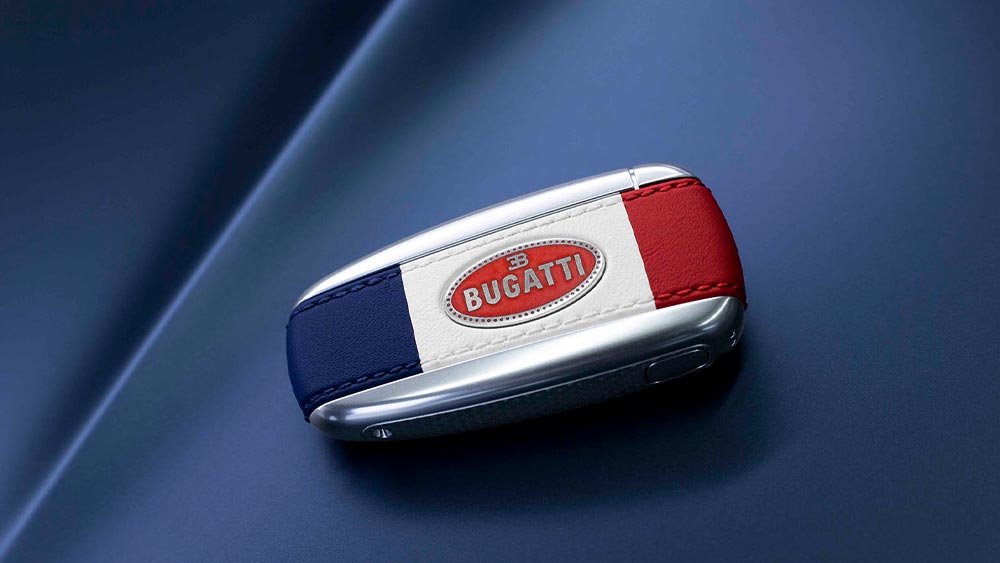
The cost of Bugatti cars is influenced by tariffs and import duties, as they are brought in from France and incur additional charges in different nations. It is one of the evident reasons why Bugatti is so expensive.
13. Gorgeous Design
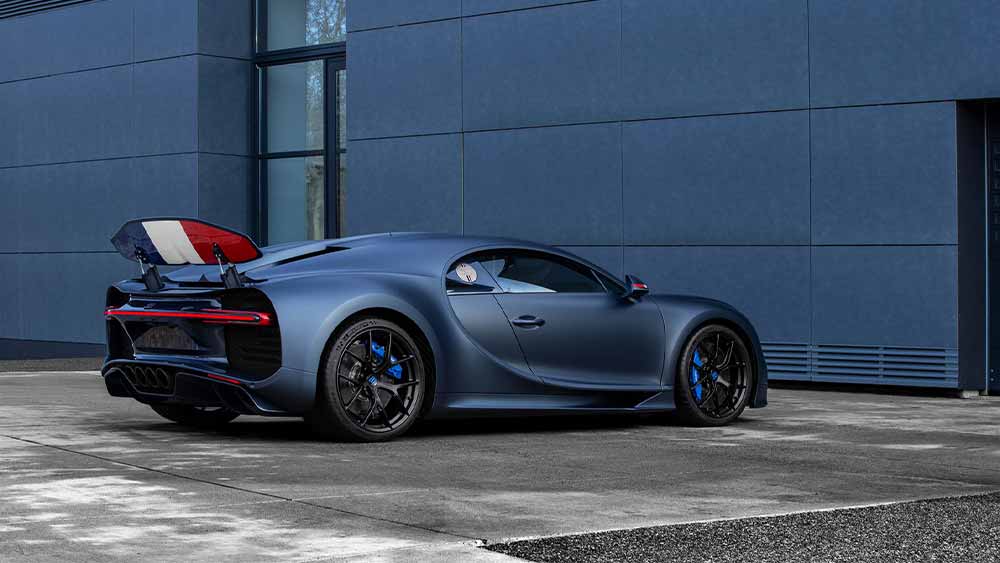
Bugatti automobiles aren’t merely products of engineering prowess; they stand as embodiments of artistic mastery. Their design ethos seamlessly integrates grace, refinement, and avant-garde beauty, yielding cars that are both visually striking and technologically advanced. This synthesis of artistic imagination and engineering acumen yields a seamless fusion of style and utility, enhancing the allure of Bugatti vehicles.
14. Research and Development
At Bugatti, they’re not just making cars; they’re crafting masterpieces. The secret behind their jaw-dropping vehicles? The company focuses on research and development to make the most advanced, aerodynamic, stable, high-performance car. This job is entrusted to the R&D team, which does its best to enhance old tech and introduce new ones. It naturally impacts the price tag. After all, they’re not just selling you a car; they’re delivering years of meticulous work and groundbreaking technology.
Continuous research enables the company to update its models and facilities, making them more exclusive and, obviously, more costly.
Final Thoughts
Bugatti cars command their high price for several reasons. Handcrafted with premium materials, boasting powerful engines, and steeped in racing legacy, they offer unmatched performance and exclusive after-sales services. Limited edition models and customization options further enhance their charm and cost. Import duties and taxes contribute significantly to the final price.
Reserved for a select few, Bugatti ownership signifies luxury and status.
Why Bugatti is So Expensive – FAQs
Determining the pre-1998 Bugatti count is tricky, but since Volkswagen took over, they’ve moved over 1000 units globally (details inside). The Veyron and Chiron lead the pack as top mass-produced hypercars, joined by exclusives like the Divo and Centodieci, plus unique builds such as Bugatti La Voiture Noire and Bugatti Vision Gran Turismo. Works-in-progress include models like Bolides and Mistrals.
Bugatti unveiled La Voiture Noire at the Geneva Motor Show in 2019. It commemorated the company’s 110th anniversary and honored the classic Type 57SC Atlantic coupe, commonly known by the same moniker. CNN affirms the singular masterpiece was acquired for an amount close to $19 million post-tax, disproving speculations linking it to soccer star Cristiano Ronaldo. This transaction positioned the Bugatti La Voiture Noire among the elite ranks of the planet’s mightiest, opulent, and rarest cars.
In the realm of luxury cars, Bugatti generally surpasses Lamborghini in pricing. While both brands produce high-performance vehicles, Bugatti’s models occupy the ultra-high-end, often ranking among the world’s most expensive Bugatti cars. For instance, the Bugatti Chiron starts at $3 million, while exclusive models like the Bugatti Divo begin around $5.8 million. In contrast, Lamborghini models like the Huracán and Aventador range from $200,000 to $500,000. Note that these are base prices; customizations, additional features, and taxes can affect the final cost. However, in a model-to-model comparison, Bugattis tend to be pricier than Lamborghini.
The Baby II comes with Bugatti’s most economical price of $34,000. While created for youngsters, it includes a mode suitable for grown-ups. It replicates a 3/4 scale Type 35, equipped with a 1.3 hp electric motor, reaching a maximum speed of 12 mph when in the child mode.
No, but some of the Bugatti models are close to the most expensive cars in the world, such as the Chiron Profilée ($10.8 Million), and La Voiture Noire ($19 Million). The most priciest right now is the La Rose Noire Droptail (French for “The Black Rose”) from Rolls-Royce with a price tag of about $32 million.
Bugatti is currently owned by Bugatti Rimac, which is a joint venture between the Rimac Group and Porsche AG.
1- Rimac Group holds the majority stake at 55%.
2- Porsche AG owns the remaining 45%.

news via inbox
Sign up and never miss out on the latest news and updates at HighStuff

